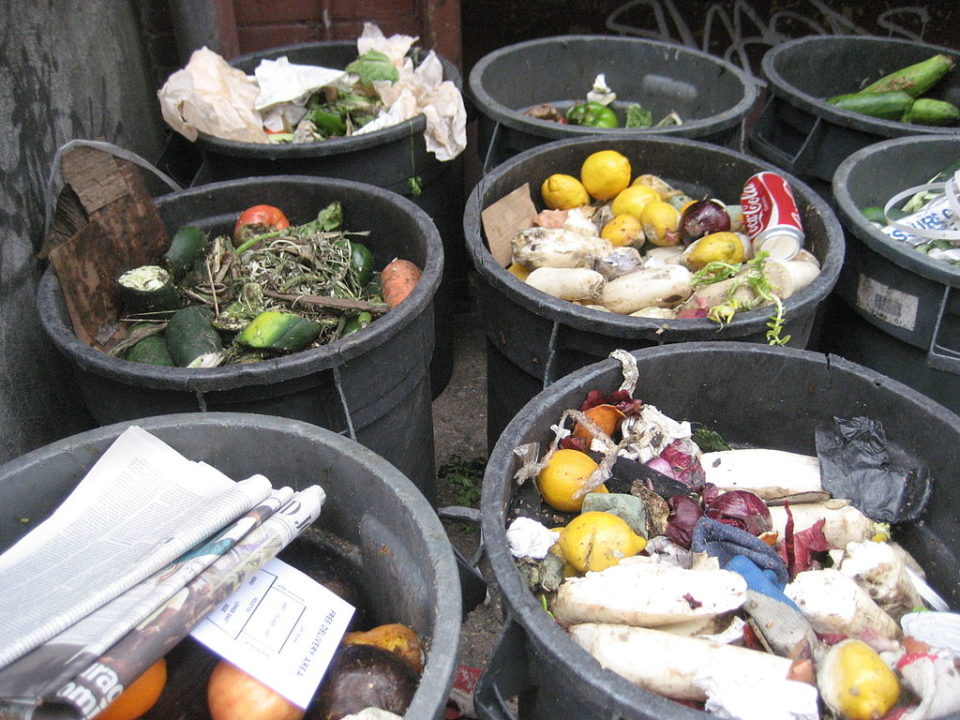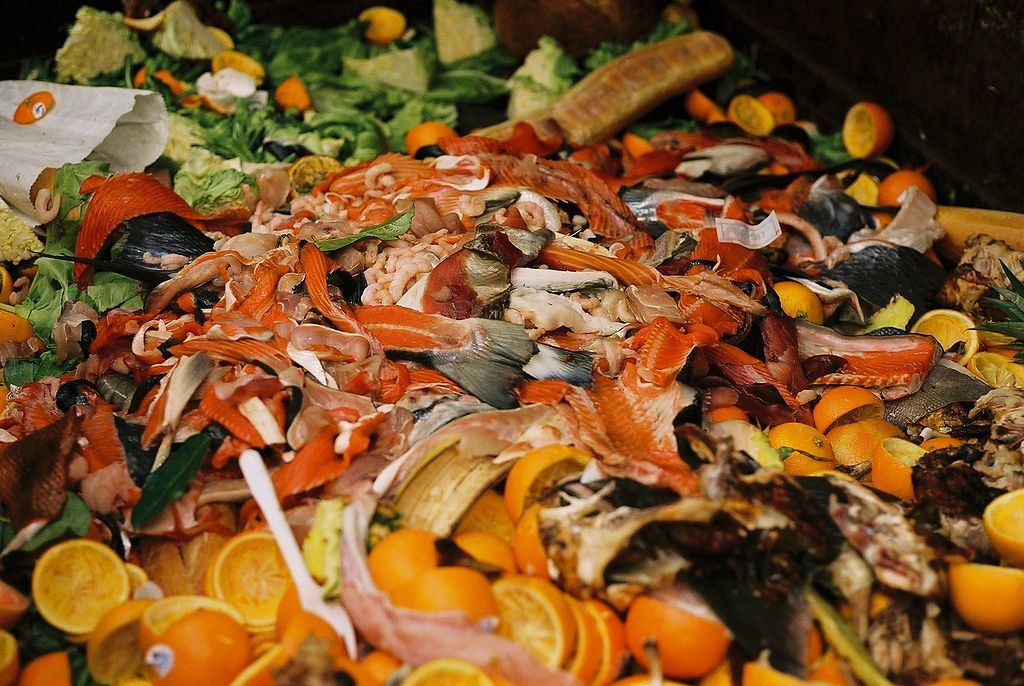Hunger on one side, surplus on the other. One part of the world is sick of lack of food, the other part has illness due to overeating. For many of us food is a matter of course. Although world hunger is on the rise and more than 820 million people suffer from hunger, it is estimated that 1/3 of all produced food is thrown away. This global problem affects all of us, from farmers and food chains to end consumers.
We All Have Our Part
Farmers do not sell up to one third of the crops, they let them compost in the fields. Supermarkets fill garbage cans with groceries with expired warranty. Restaurants throw away unsold meals. Retailers and consumers throw away food often before the expiration date. Large amounts of edible food are thrown away from home kitchens and catering facilities just because they are left. Fresh products are discarded in case they do not have the optimum color, size or shape according to certain standards, even though they are edible.

Food Waste and the Environment
We are destroying the environment by transforming forests into agricultural land. We spray the soil with pesticides, herbicides and fungicides so that the pests do not destroy our crops. In the food production process, we release harmful substances into wastewater that reaches the oceans. The food industry has a share in CO2 air pollution. And all this in order to produce food, which is then threw out from our plate or not yet unpacked in its original packaging.

The Food and Agriculture Organization of the United Nations aims to reduce food waste at retail and consumer levels by half of 2030. FAO also demands food losses reduction in the production and supply chains. If we throw food away, we throw money. FAO aims to increase respect for food.
Source and credit: http://www.fao.org/food-loss-and-food-waste/en/, commons.wikimedia.or















